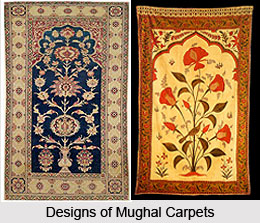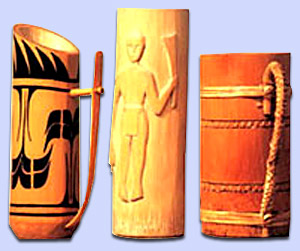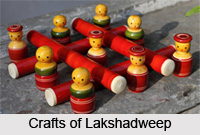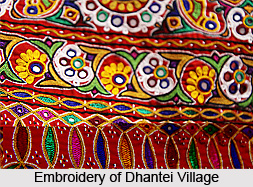 Mughal Carpets were the source of beautifully designed farsh in India. The wool pile carpet does not appear to be indigenous to India. In the hot monsoon climate, warmth underfoot is not usually desired; instead, light cotton coverings, often embroidered, were preferred. Even after pile carpets began to be manufactured during the Mughal period, they were usually used only in winter and were replaced by the lighter textiles in summer; sometimes the cotton covers were placed directly on top of the woollen carpets, possibly to create an effect that was visually cooling.
Mughal Carpets were the source of beautifully designed farsh in India. The wool pile carpet does not appear to be indigenous to India. In the hot monsoon climate, warmth underfoot is not usually desired; instead, light cotton coverings, often embroidered, were preferred. Even after pile carpets began to be manufactured during the Mughal period, they were usually used only in winter and were replaced by the lighter textiles in summer; sometimes the cotton covers were placed directly on top of the woollen carpets, possibly to create an effect that was visually cooling.
Romantically shaped to resemble Muslim domes, with square or polygonal bases, these objects were called mir-i farsh, or "slaves of the carpet"; they were also used to weigh down the very thin green textiles spread over the cenotaphs in Muslim saints` tombs. In the latter case, many weights - not just four - are sometimes lined up side by side, all round the perimeter of the holy cloth, donated by rich and pious devotees. In one northern Deccani shrine of the seventeenth century, innumerable mir-i-farsh in a great variety of materials shapes and sizes are found. Arranged in no particular order, although they were always in a straight line along the edge of the tomb cloth, they formed rows of miniature domes in bidri, brass, bronze, marble and crystal, symbols of the shaykh`s power and popularity. The effect was extravagantly rich, touching and delightful.
Two sets of mir-i farsh are splendid and rare instances of flower-shaped specimens: in these cases, fully opened irises with their lower petals hanging heavily towards the earth as they want to do in reality. A pair of smaller weights with a decor of fish-scales and flower sprigs dates from the early eighteenth century. The architectonic grandeur of a very large mir-i farsh, about twice the usual size, would have been most appropriate in a shrine. Its round, ogival dome is reminiscent of the cupolas of Deccani tombs, and its octagonal base corresponds to the plan of many tomb chambers. Even its trellis ornament, an early seventeenth century example of the aftabi technique, has a sombre glow which would be most effective in the half light of a tomb.






